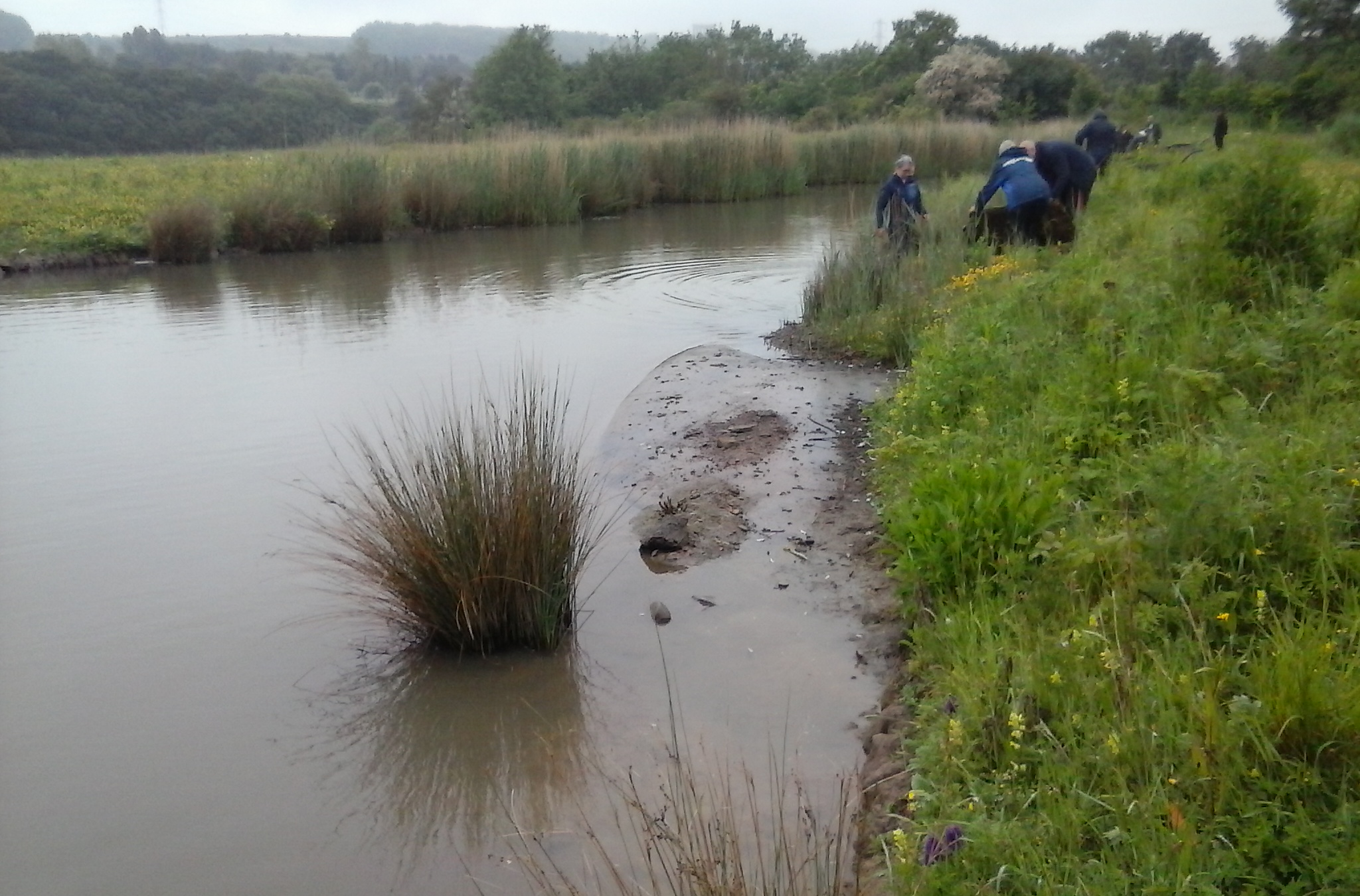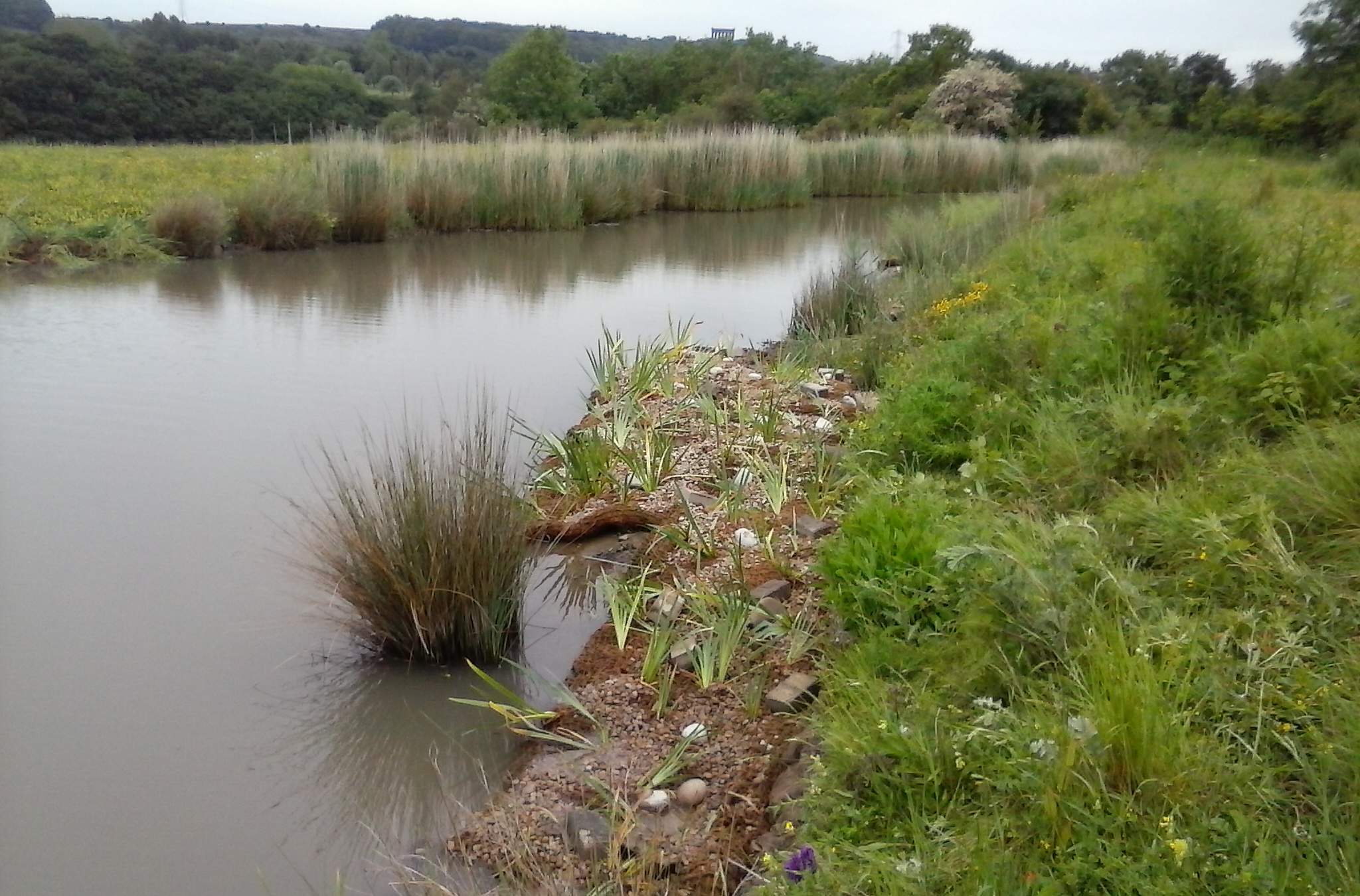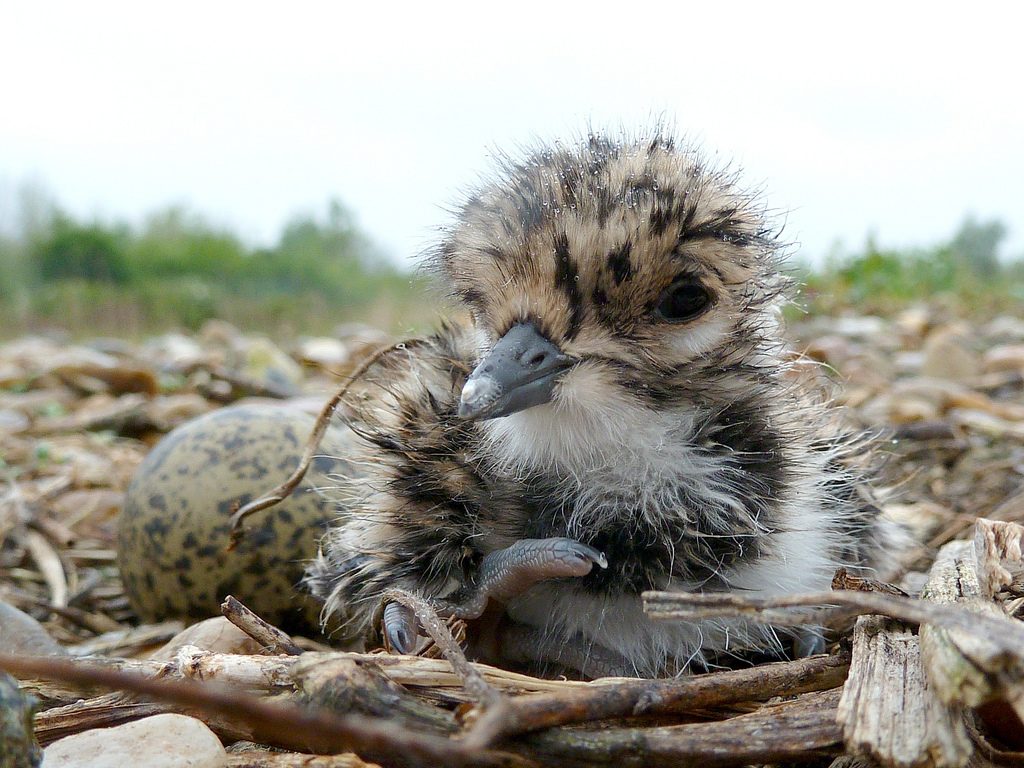Improving habitat for wetland birds

Habitat improvements at WWT Washington Wetland Centre, which will help protect wildlife nesting areas and tackle wetland erosion, have been given a funding boost by support of players of People’s Postcode Lottery.
The project will introduce a new system for filtering water from treatment ponds, which will provide ideal non-permanent wet meadow habitat at WWT Washington; an award-winning wetland nature reserve on the banks of the River Wear.
Previously, storm water runoff at WWT Washington was treated naturally by filtering it through wetlands. Whilst this was effective, water was running too quickly through the wastewater treatment facility resulting in the meadows en route suffering badly from channeling and erosion. This made it difficult to manage the meadows effectively for wetland birds, both due to the impact of the erosion on the habitat and the difficulty of machinery accessing the site to manage vegetation.

Preparation began in March 2016 when a main water outlet was unblocked, immediately highlighting the benefits for wildlife with the successful breeding of lapwing in this area. June has seen the addition of pre-planted coir matting into the bottom treatment pond to increase vegetation. This will reinforce the pond edges and the plants, which are key in filtering the water, helping slow down the speed of water flow through the pond.
John Gowland, reserve manager at WWT Washington, said: “We’re thrilled at the results this project has had up to now. So far this year we’ve seen one of the best breeding seasons for lapwing; something we’re sure would have been extremely unlikely before this work was carried out.
“The opportunity to improve the reserve and habitat for wildlife is fantastic and something that the team here is particularly excited about.”

The next step is to infill the channels that were previously eroded by the blocked overflow, allowing them to re-colonise with meadow plant species. Additional coir matting will be introduced to ensure it is robust and effectively filtering the water flowing through, and further pipe work will be installed - directing water flowing from the ponds into existing fingers at the bottom of the meadow, which were recently enhanced during the Shingle Islands project finished earlier this year.
John added, “This project will greatly enhance feeding opportunities for wading birds such as lapwing, redshank and avocet; especially youngsters as the tall vegetation provides great cover from predators.
“We’re confident the project will bring extra protection for a variety of wildlife and will help support successful breeding for many species.



